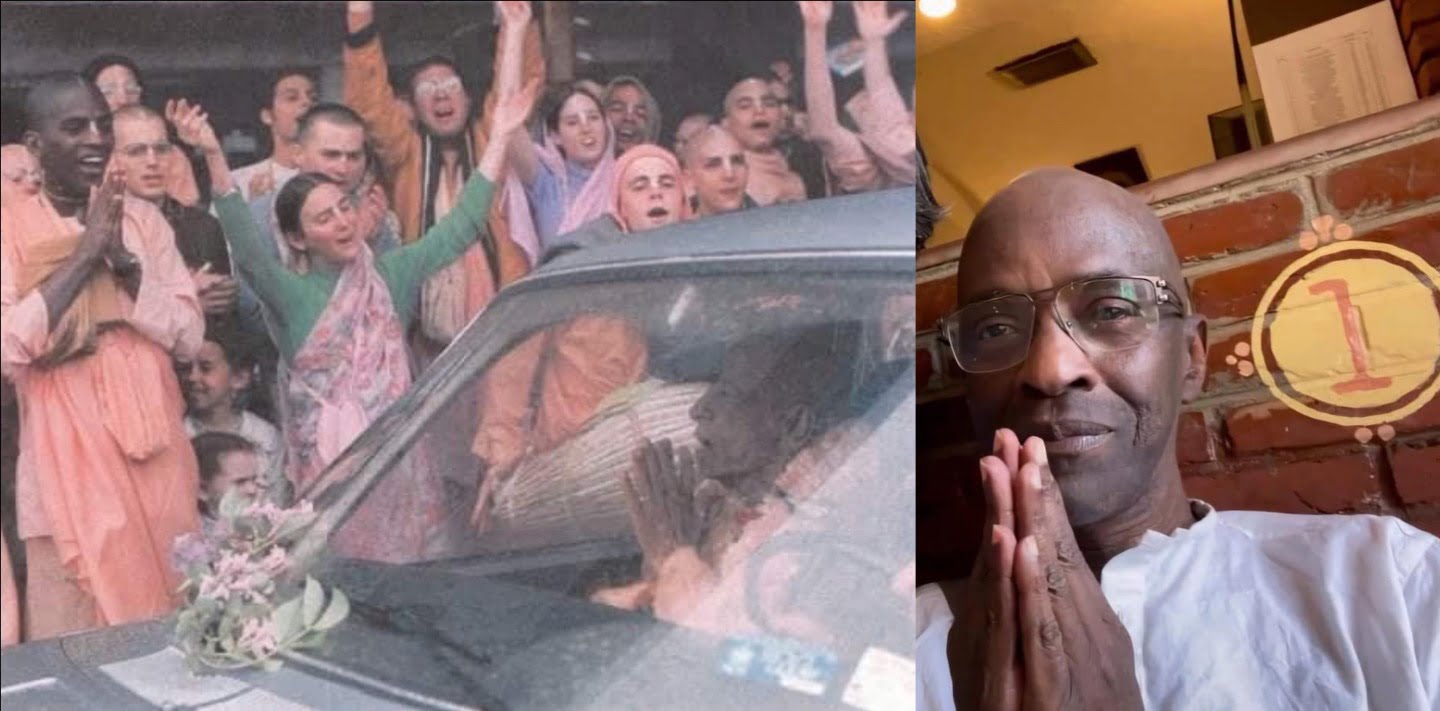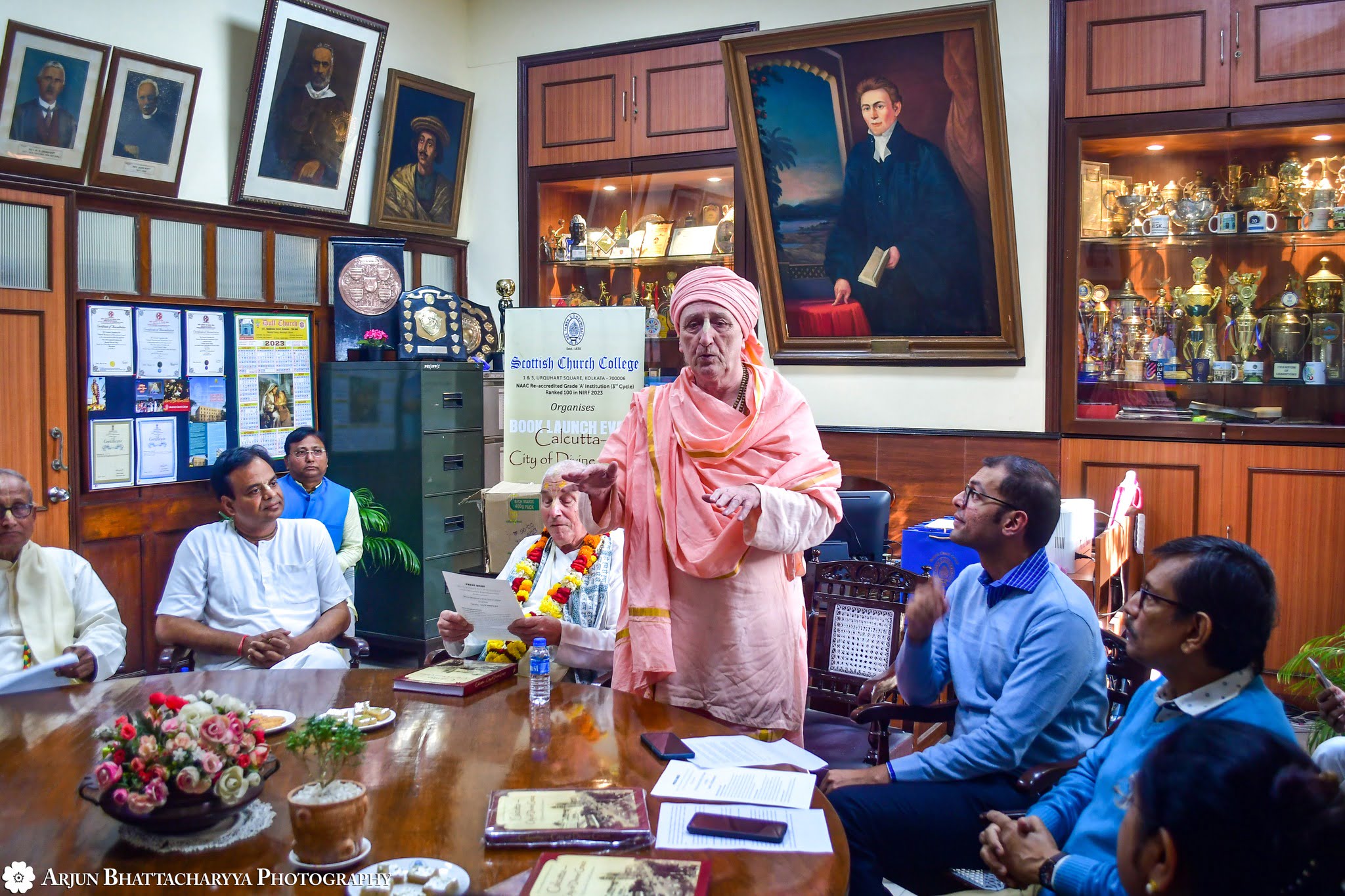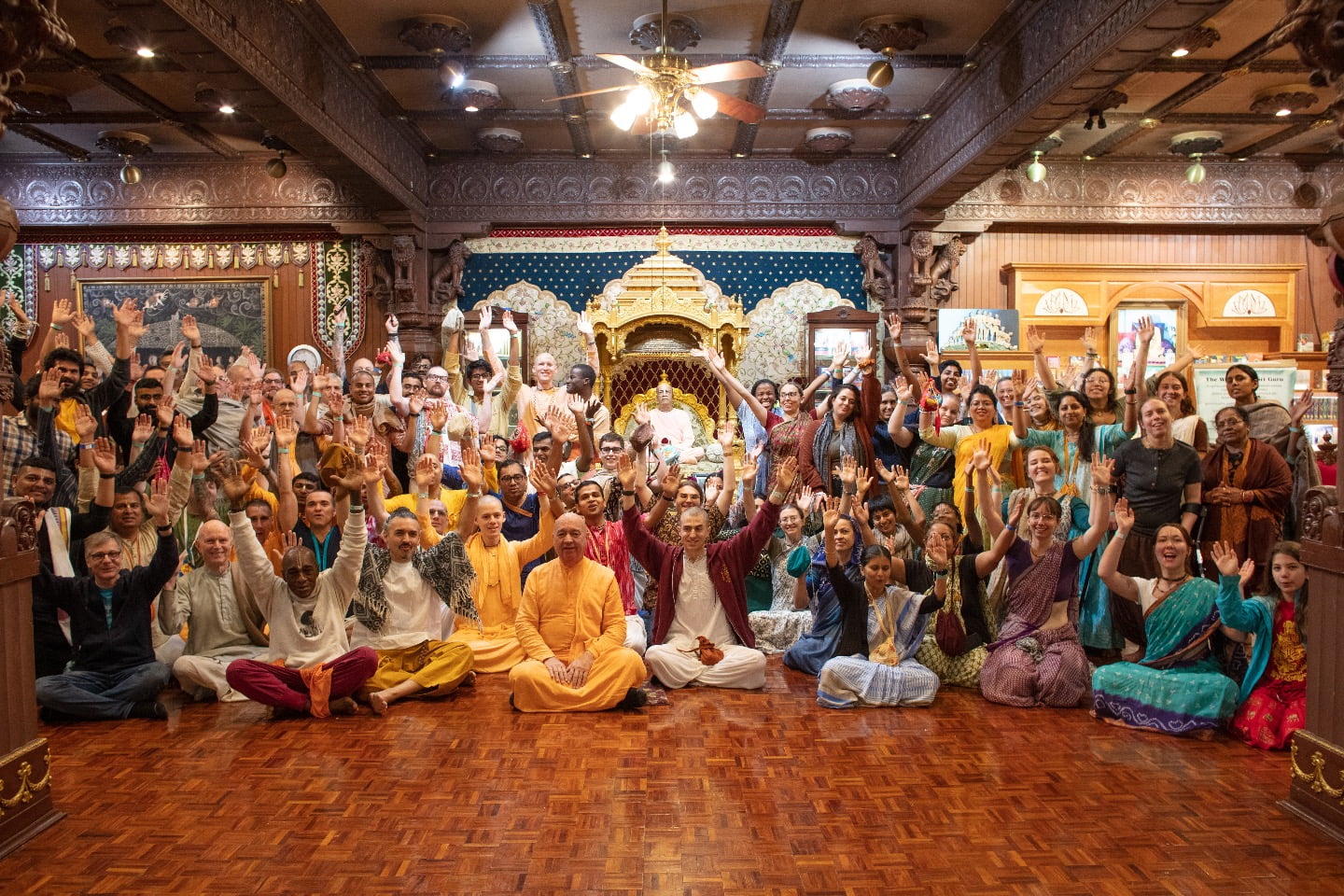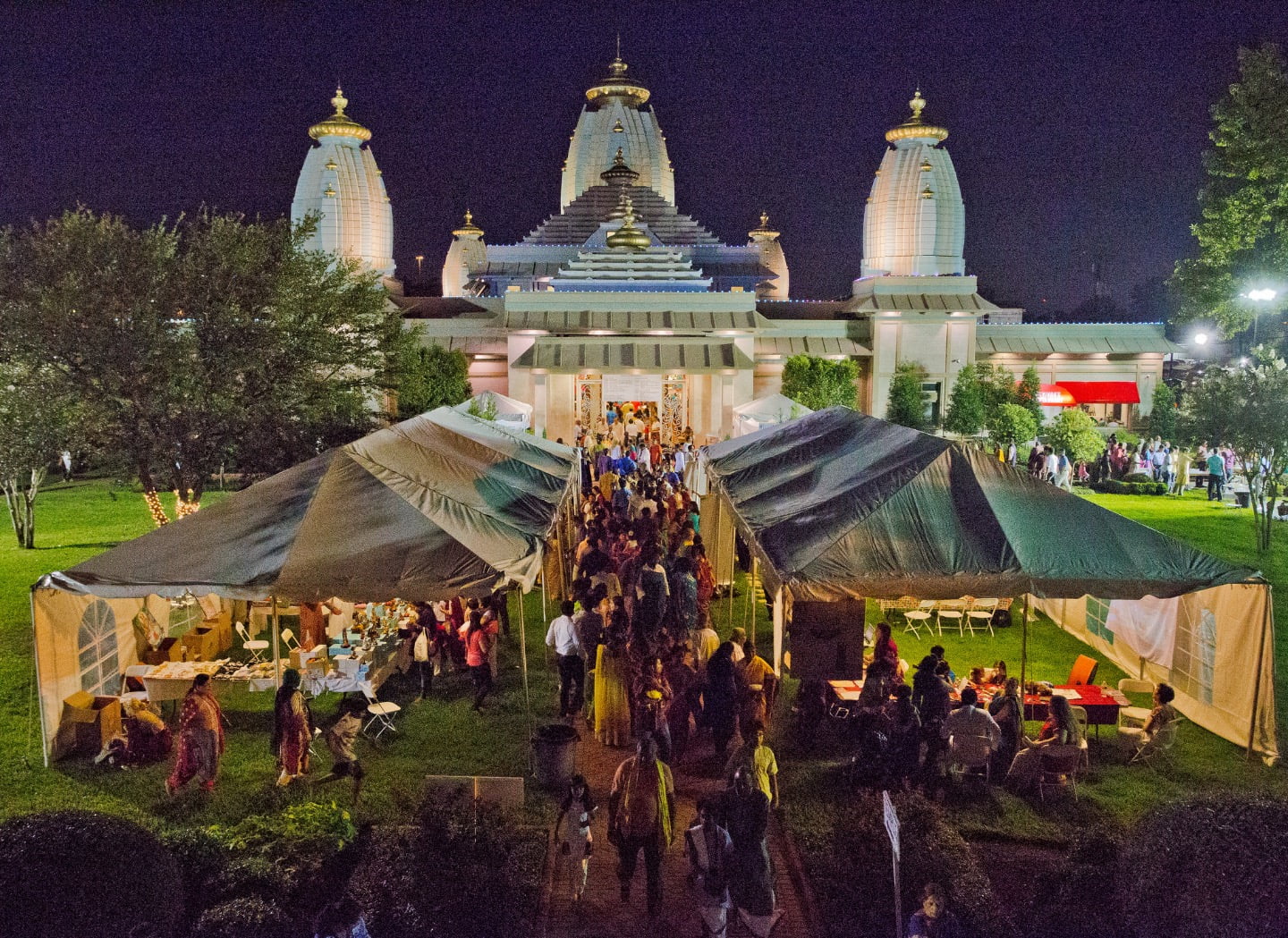Shocker
By Keshava Krishna Das | Feb 26, 2011
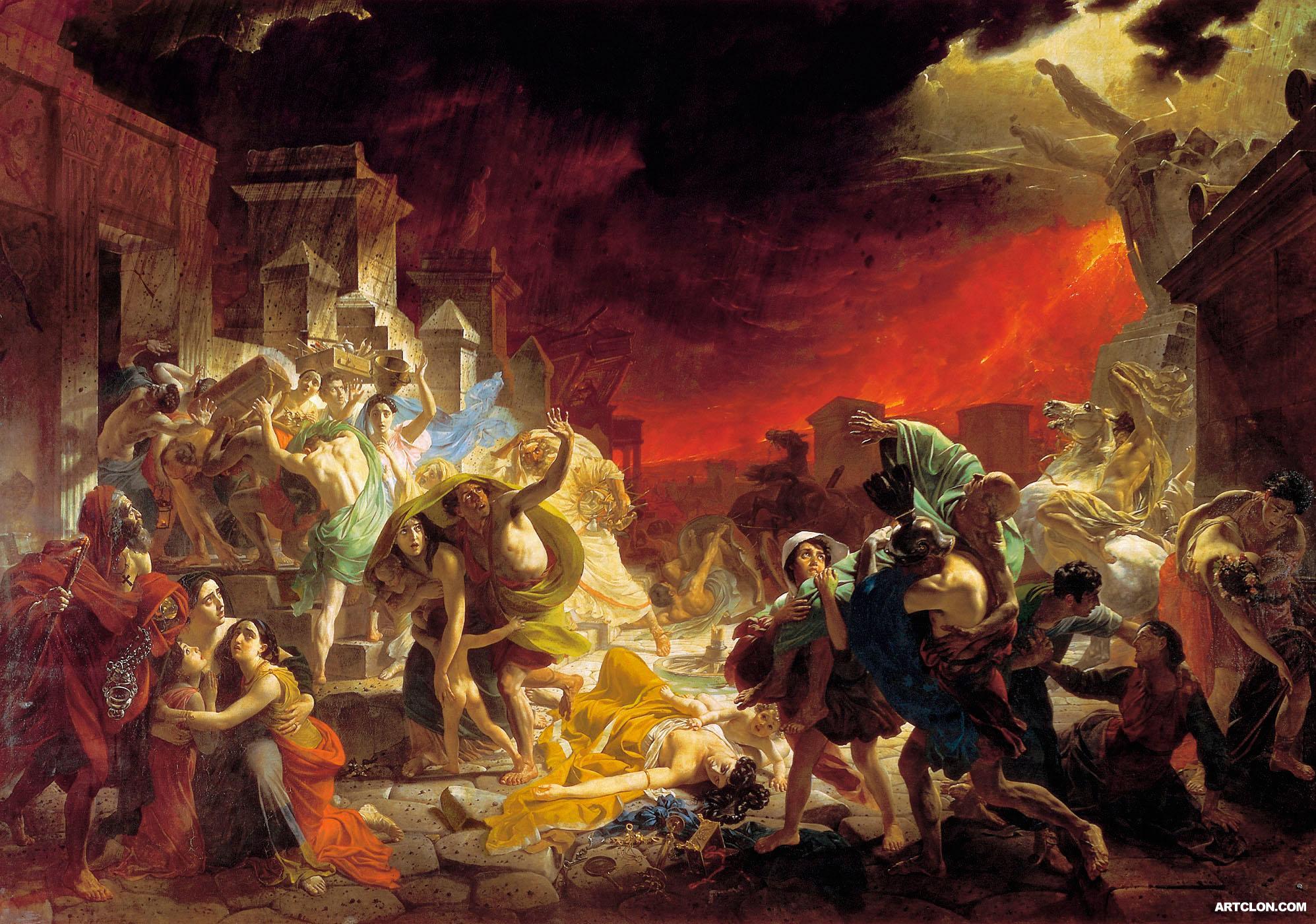
We never cease to be amazed or shocked. Thinking that nothing really surprises us anymore, the shock-value of what could happen to us, intrudes impolitely into our sense of peace and harmony, when fellow devotees are struck by sudden death, earthquakes, accidents, illness and coma. Krishna’s ability to astonish us in ways not easily understood appears to add to the grief, but can also bring out the best in us.
Inventive scriptwriters often use medical emergency scenarios for entertainment purposes, trying to replicate such trauma that bedevils the inhabitants of fallen soldiers we call the body. To feed a market in horror, and to appease the excitement of being scared, themes of monsters, the supernatural, aliens and slasher movies all cause bouts of sudden fright in startled audiences, followed by relieved laughter and chuckling. There is some pleasure in being frightened this way, within the ‘secure’ bounds of an armchair.
To expect a piano key to press down by some invisible presence, or to witness some foreboding chambers of mental institutions where tortured minds get locked away in straight- jackets, and to reel as an iron wheelchair speeds along a corridor on its ‘own’ volition, or to wake up while surgeons are busy operating, and to cringe at seeing demonic possession and so on, are all attempts to invent newer and novel ways of terrifying and shocking people.
But this ability comes from Krishna who without effort creates ever new and shocking real-life situations for us. Whether we are squeamish or faint-hearted, there is no escaping the known evils, called birth, death, disease, and old age (BG. 13. 8-12). Things which are inherently evil will cause ceaseless heartache, bereavement, trauma, agonising pain, loss, lamentation and the rest, all combined under the usual heading of suffering. “Forgetting Krishna, the living entity has been attracted by the external feature from time immemorial. Therefore this illusory energy (Maya) gives him all kinds of misery in this material world” (CC. Madhya 20.117).
While it is essential to analyse this world and our place in it, this bleak assessment is not necessarily a negative development of knowledge. Rather, it is a positive cultivation that better helps us to always expect the worst, while aspiring for a life without evil. “Devotees solely engaged in the devotional service of the Supreme Personality of Godhead, Narayana, never fear any condition of life. For them the heavenly planets, liberation and the hellish planets are all the same, for such devotees are interested only in the service of the Lord” (SB. 6.17.28).
The miraculous effects of the illusory energy enables us to see this evil as something beautiful, graceful and harmonious, and all for good reasons. Down in the hellish regions, these fiendish mystical beings called Yamadutas are meting out the most shocking, brutal and painful punishments on the sinful – what goes on down there would defy the imagination of the most ingenious scriptwriters. Yet these tormenting inflictions are conditioning the subtle bodies to inhabit grotesque bug bodies or lowly beasts.
Lurking just beneath the soil surfaces of our gardens are these same hordes of squirming bugs and insects, who commit all manner of horrific savagery on each other merely to survive, yet they contribute to aerating the soil, and keeping harmonious environmental preservation. Parasites like orchids and creepers lend beauty to our floral landscape, and the majestic awe-inspiring chase of a lion pursuing its prey, is a real-time living nightmare for the victim. This truth compendium of horror and beauty, grace and natural harmony, shows a world that is cruel, spooky, and untenable for any sane gentleman.
Even a hardened warrior like Arjuna, used to seeing dismembered heads, arms, and legs felled in pools of blood, became most perturbed on seeing the universal form of the Lord. Krishna admitted this was a most horrible feature of His, and this ghastly form is generally hidden from normal vision.
If we ever possessed microscopic vision, we would surely be horror-struck to see teeming grotesquely shaped blood sucking mites and bugs, bacteria and viruses taking a chance on our bodies, and sticking to our shoes, door handles, computer desks, toothbrushes, carpets, shower curtains, and towels and so on. We would probably be squirming at every turn. For the sake of sanity, nature has endowed us with normal vision.
But lurking beneath the skin or strata of sub-reality lies a disturbing horrible reality related to the same heading of suffering. However, this is all functioning harmoniously. When the spooks of atheistic and demoniac humans begin their chores of not having a clue what to do, then human horrors are perpetrated with destructive aplomb, because – ugra-karma – or horrible works can only cause great harm.
When our planet is so delicately poised, appearing to be on the brink of environmental disaster brought on by lust, greed, and anger, the lumps if ignorance of the human bodies seem to be doing the work of those possessed. Such habitation by spooks would appear more real than imagined if only for the behaviour of envious persons. “When a living entity is conditioned by material nature, he is exactly like a person haunted by a ghost” (Prema Vivarta).
We only have to be born to realise we will die one day. As Krishna is, “all devouring death”, (BG. 10.34) should devotees be concerned about how they may die? What worries most people are how they will die. Will it be painful, slow, agonising, peaceful, miserable, quick, or blissful? This elusive mystery can churn many a stomach with fear.
Despite the apparent melancholy of being aware of the evils of life, a positive devotional attitude can lessen the fear of dying. This is not a case of Dutch courage or overpowering self-denial, but an auspicious and happy improvement in life fashioned by practicing sadhana-bhakti. In fact, this optimistic mind-set will brighten our vision in a wholesome way: “The whole material world appears joyful for a devotee…such is the position of a devotee who has received but a small glance of the mercy of Sri Chaitanya Mahaprabhu” (Chaitanya Candamrta 5)
Devotees may chant the Nrsmha and Narayana Kavacas for protection from evil, as the onset of old age and possible disease and death nears, but we each have a unique relationship with the Lord who will deal with us in ways not understood by others. If we are unable to determine how death will meet us, we can only press on with a come-what-may attitude and be counted among those who are party to Krishna’s promise of; “My devotee shall never perish” (BG.9.31).
To not perish is an internal spiritual understanding and conviction, and whatever happens to the body, be it horrible or traumatic is an external occurrence covering an internal matter between the Lord and His devotees. Some matters of extra purification, encouragement of full surrender, and increases in prayerful supplication are still distressing observations for loved ones, and puts everyone in a fast-track devotional mood, but total dependence on the will of the Lord is all that can be done.
The dismay and worry caused by seeing another devotee suffer is worthy of a loving family member. Commiserations and goodwill thoughts pour out from concerned well-wishers. With such things beyond our control, it seems as if going through cruel and heartless ordeals, but the Lord’s affection is mystifying in each separate case. So long as we remain here more shocks will come in most unexpected ways, and we have to be alert and bright, and above all – be prepared.





